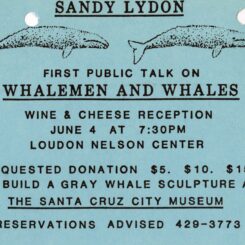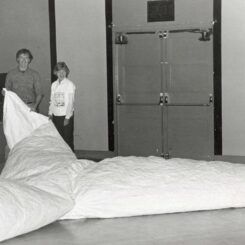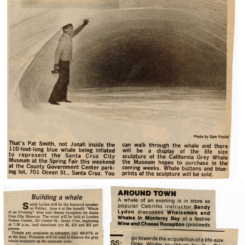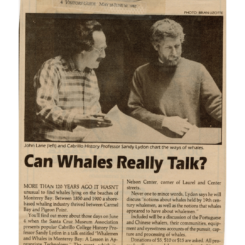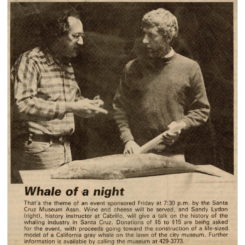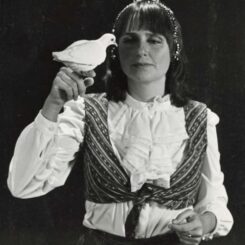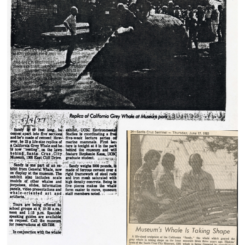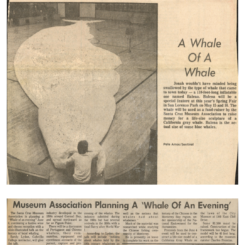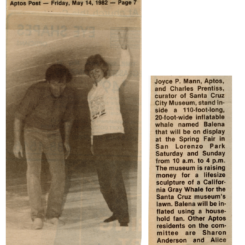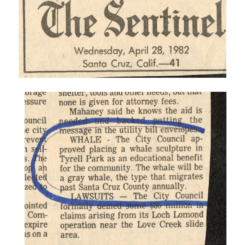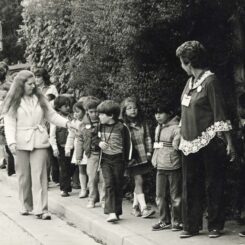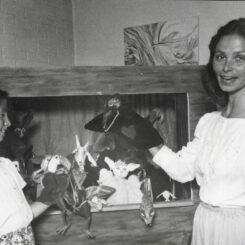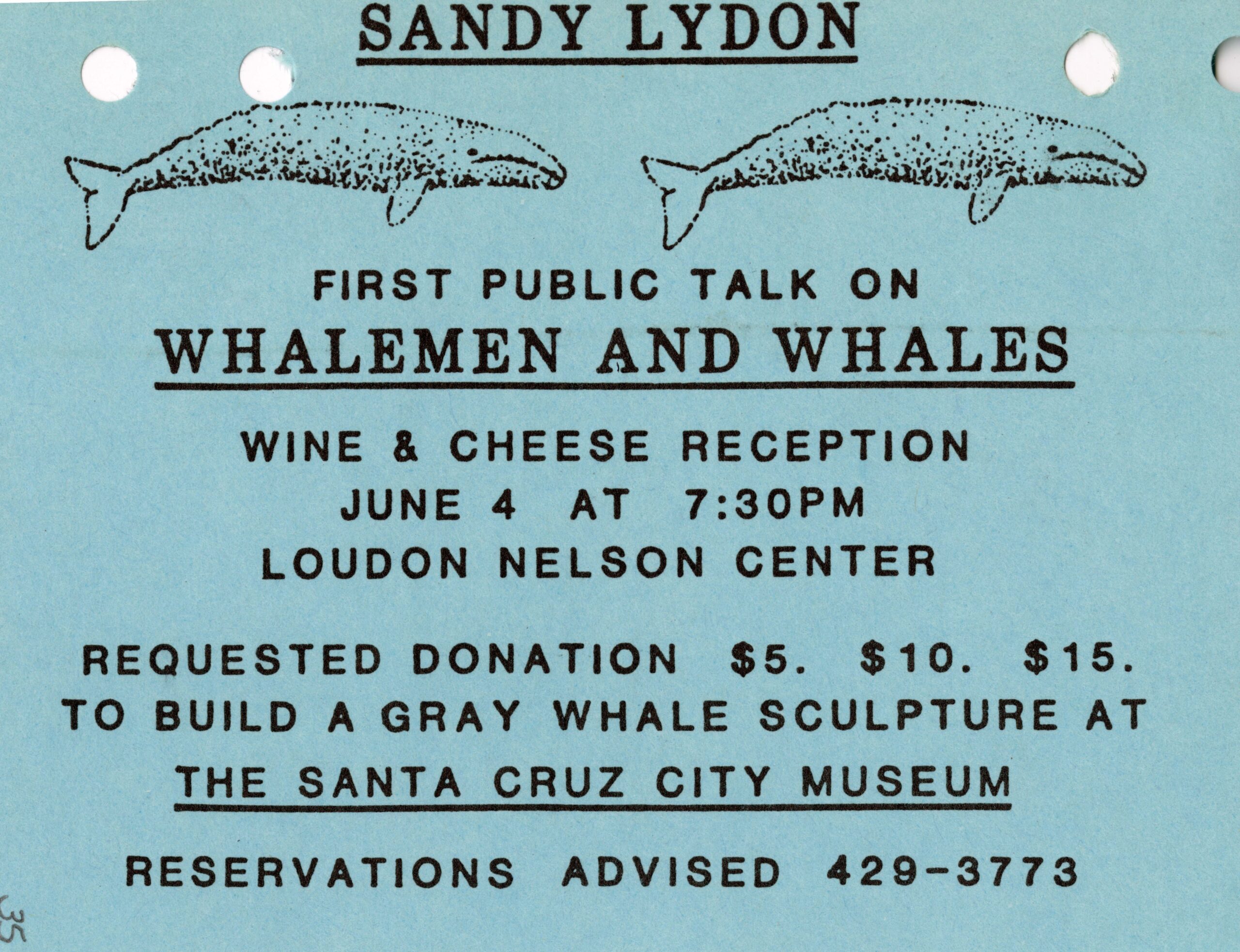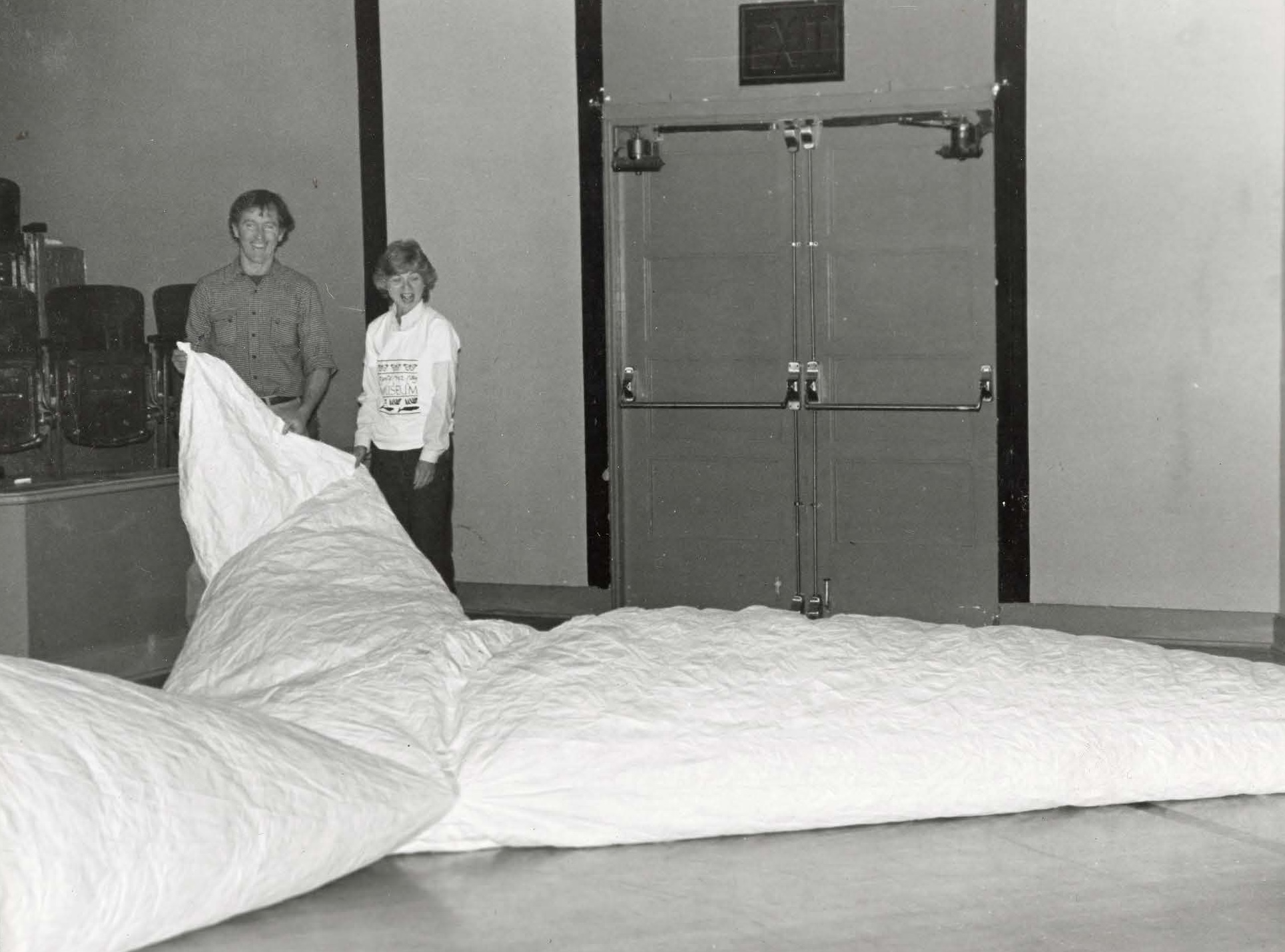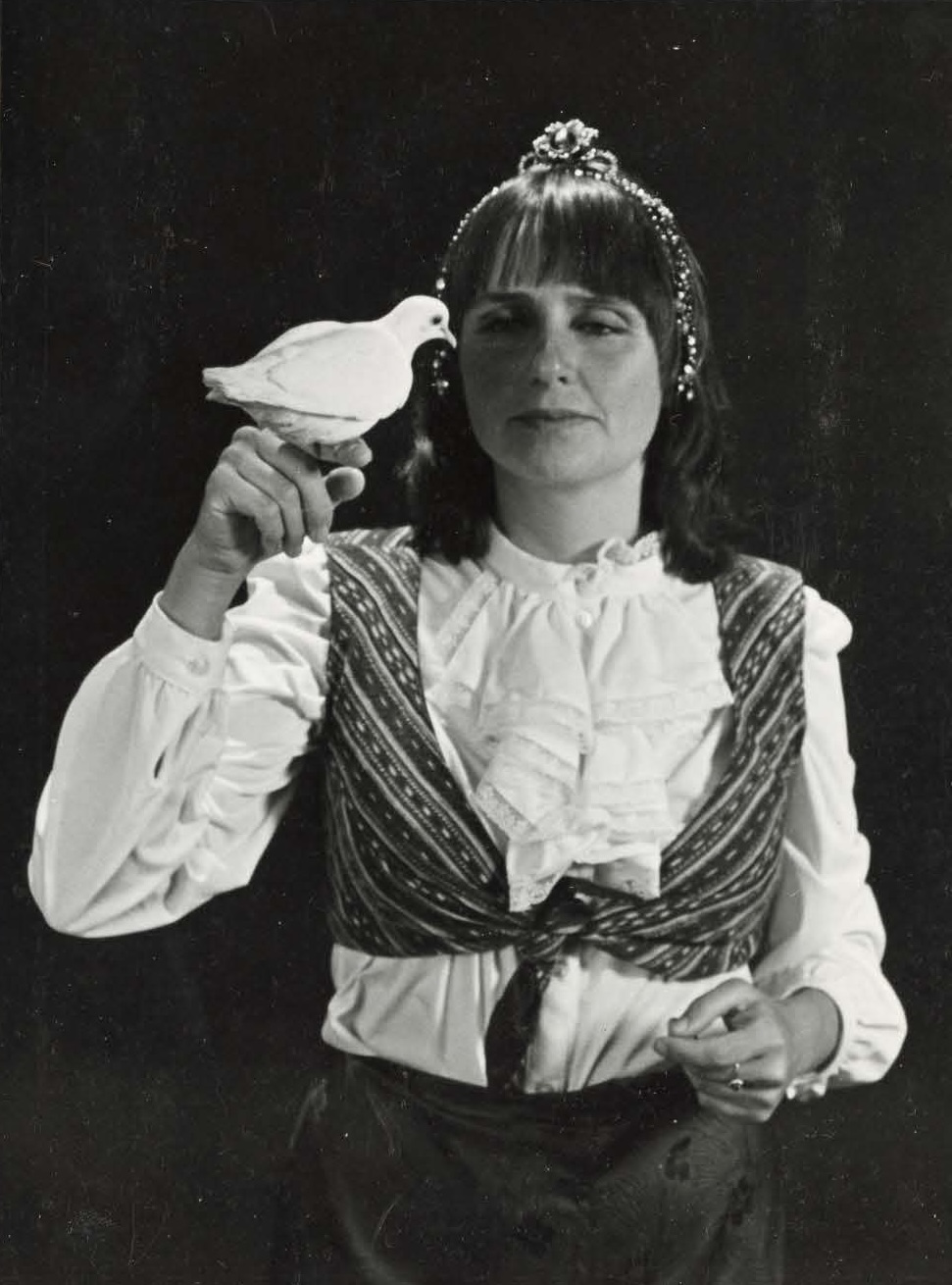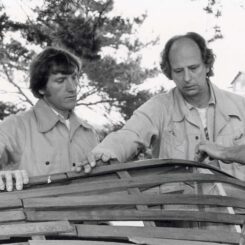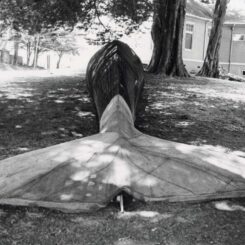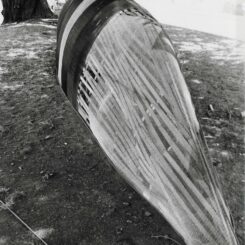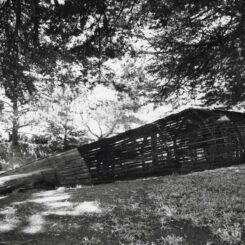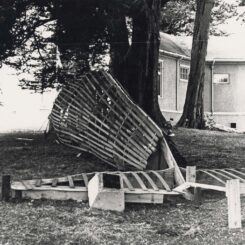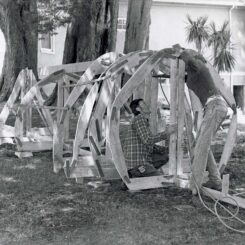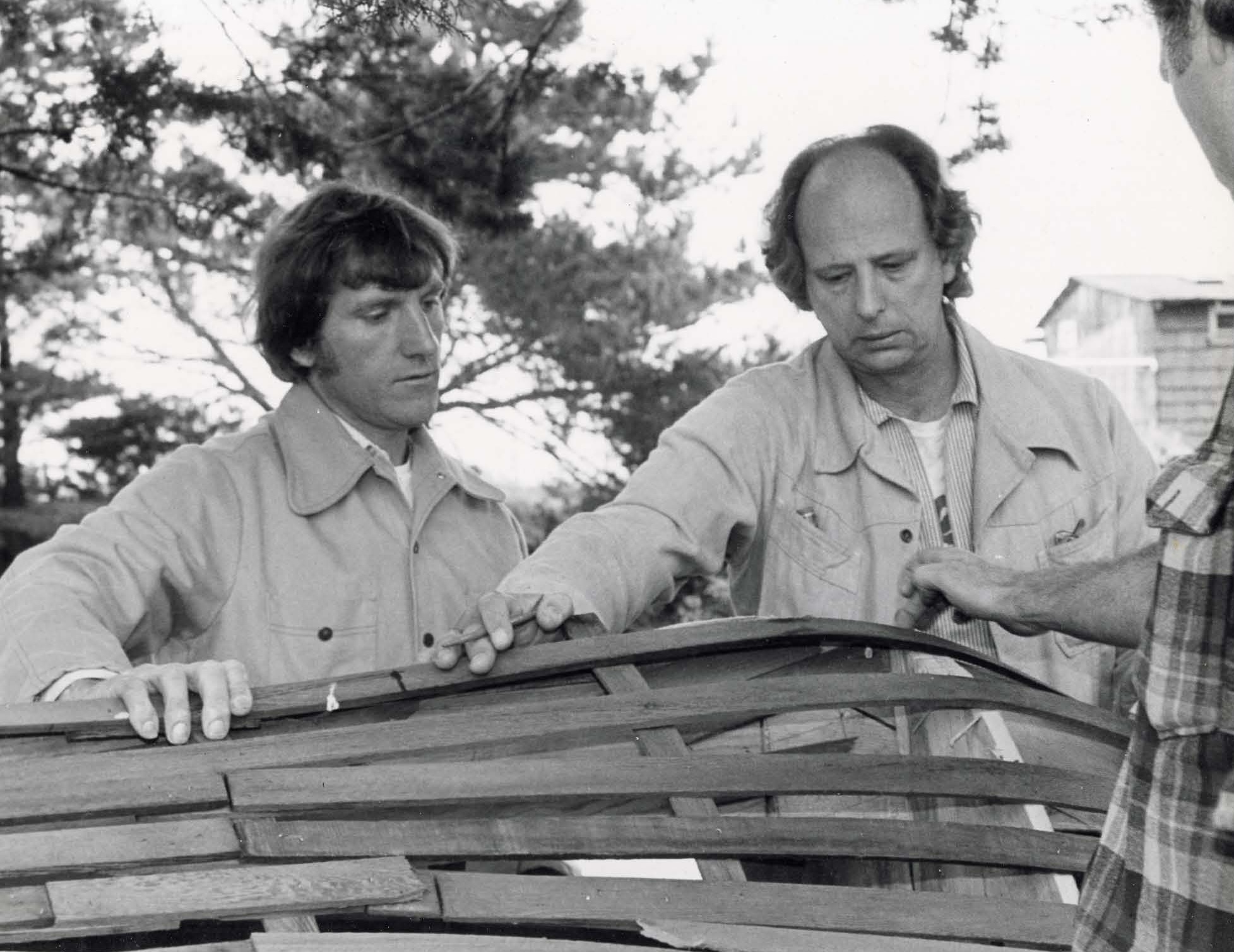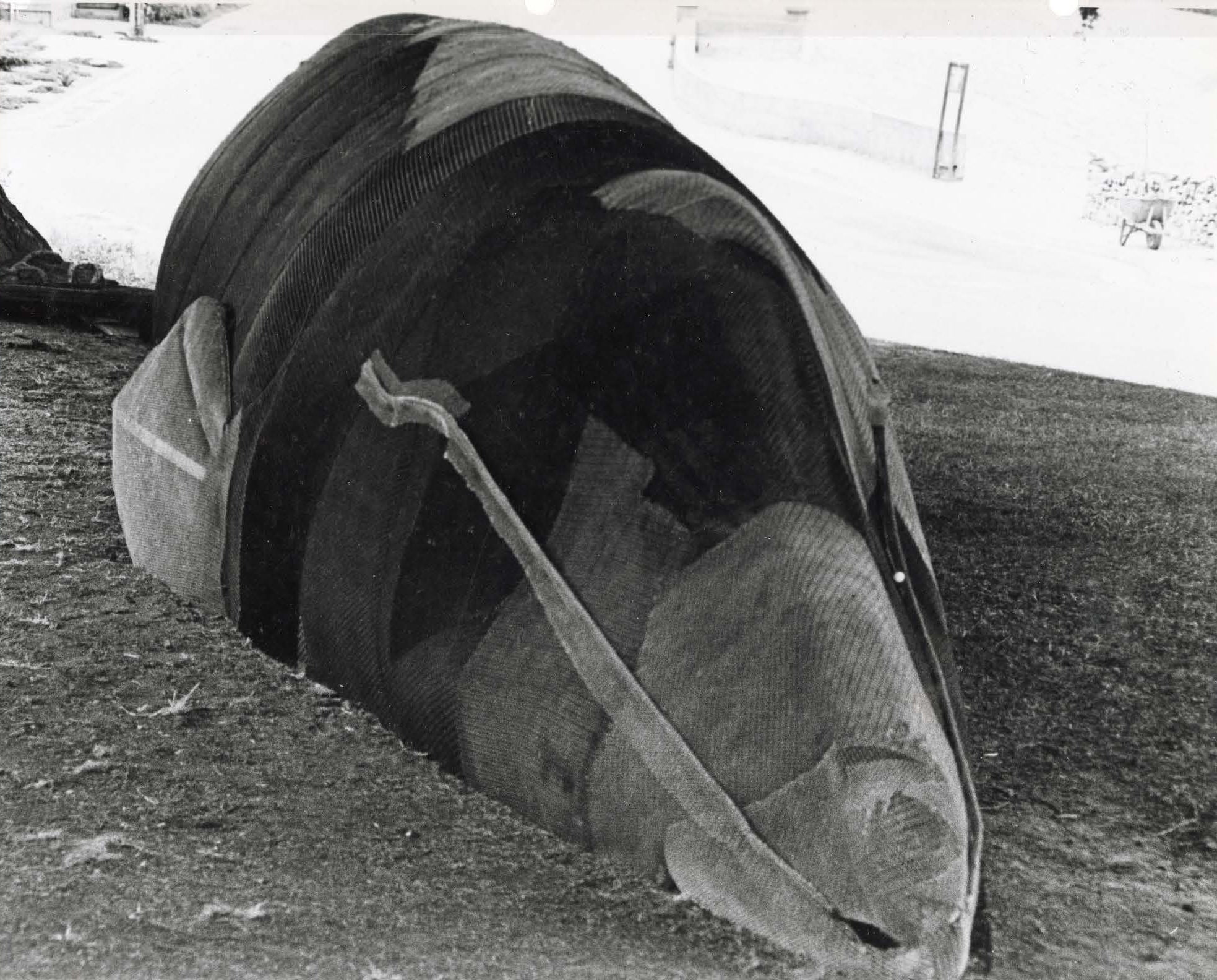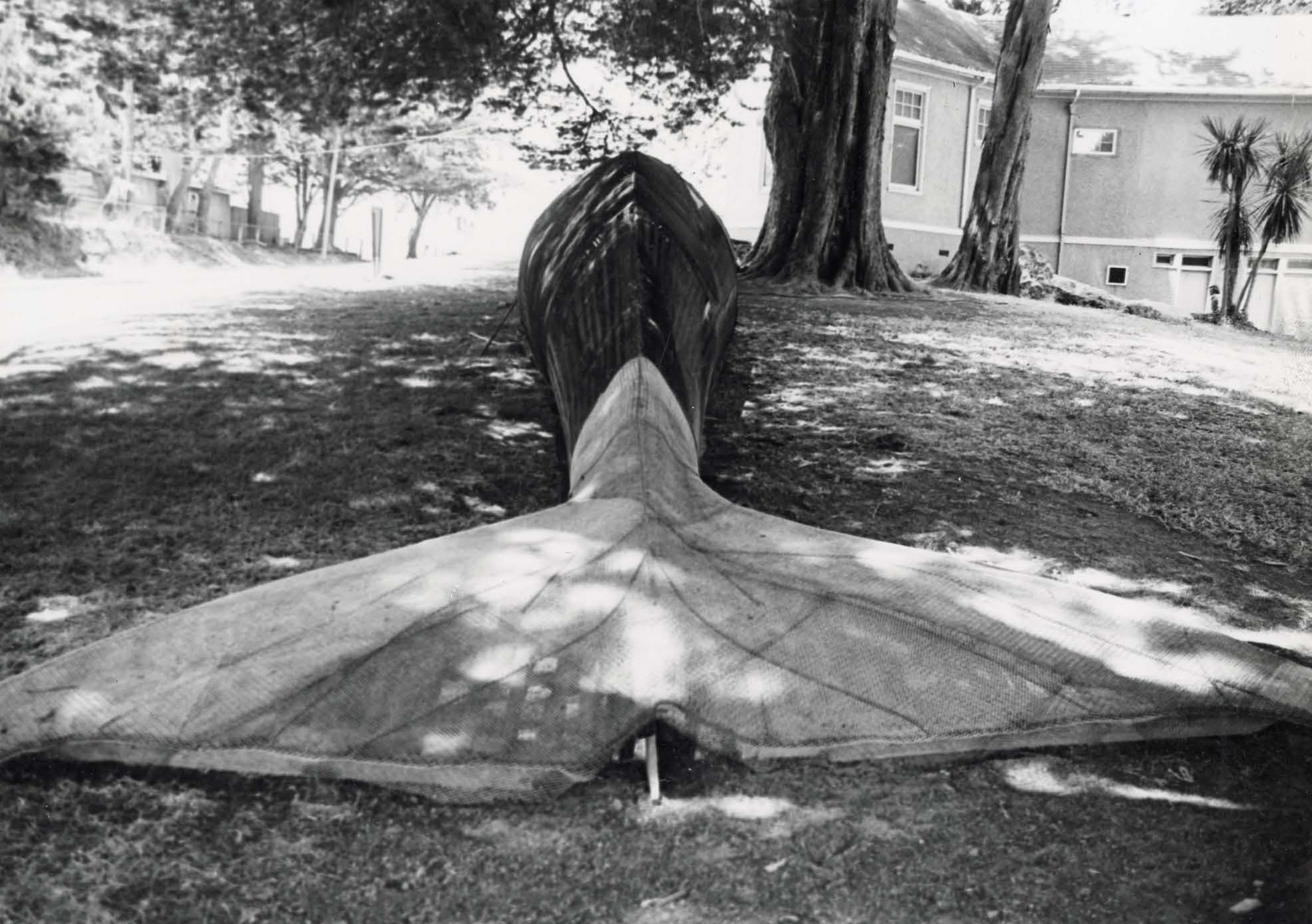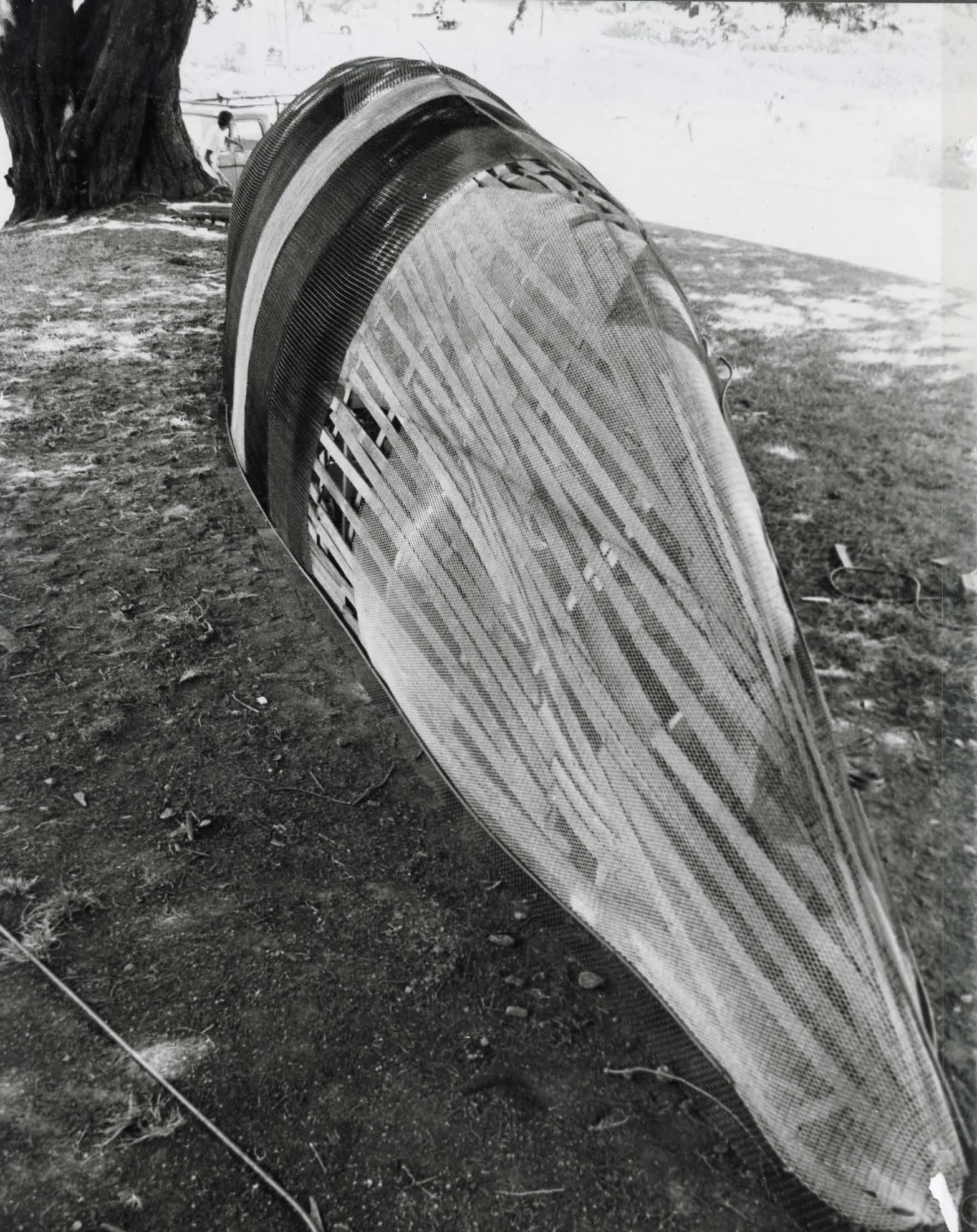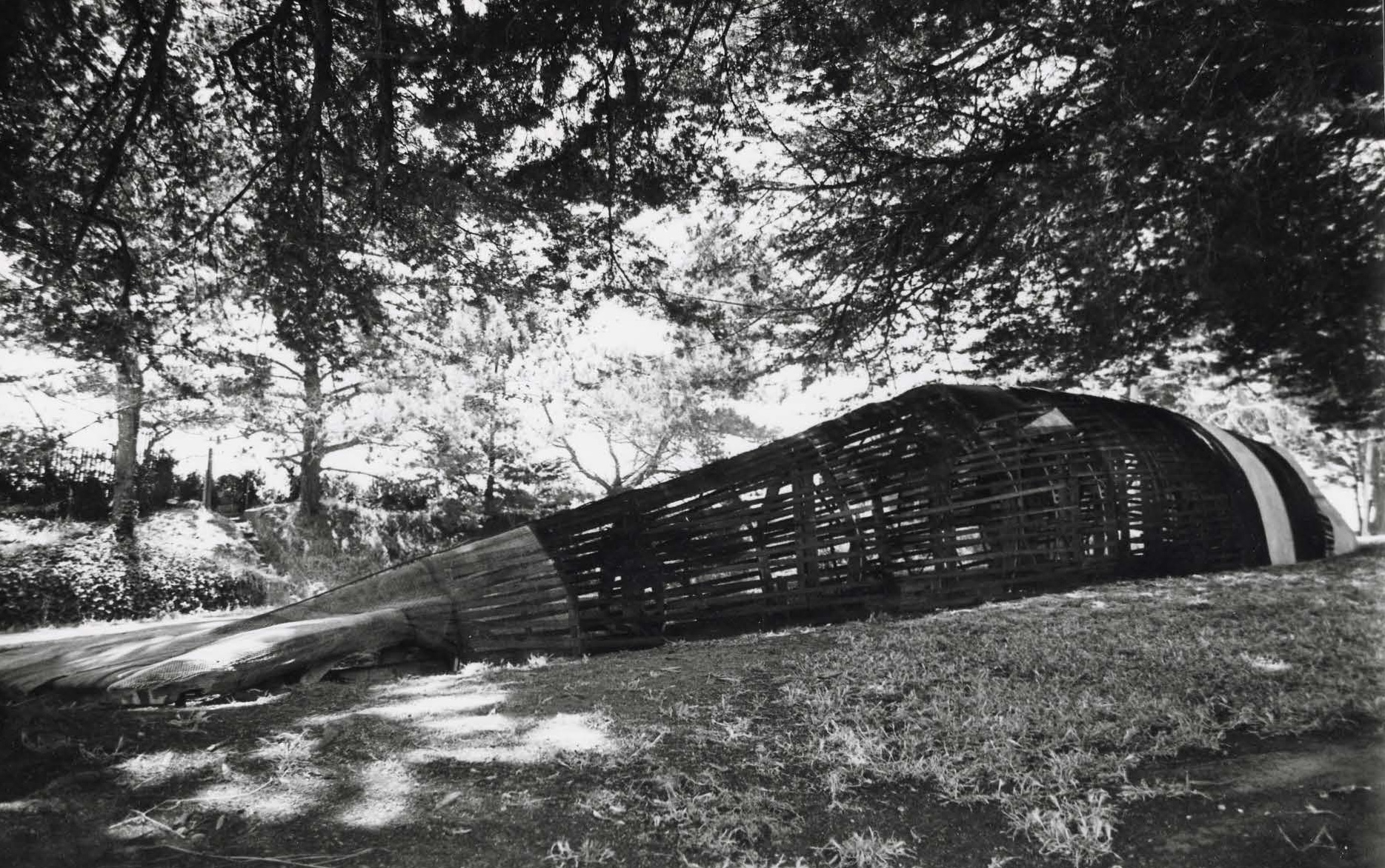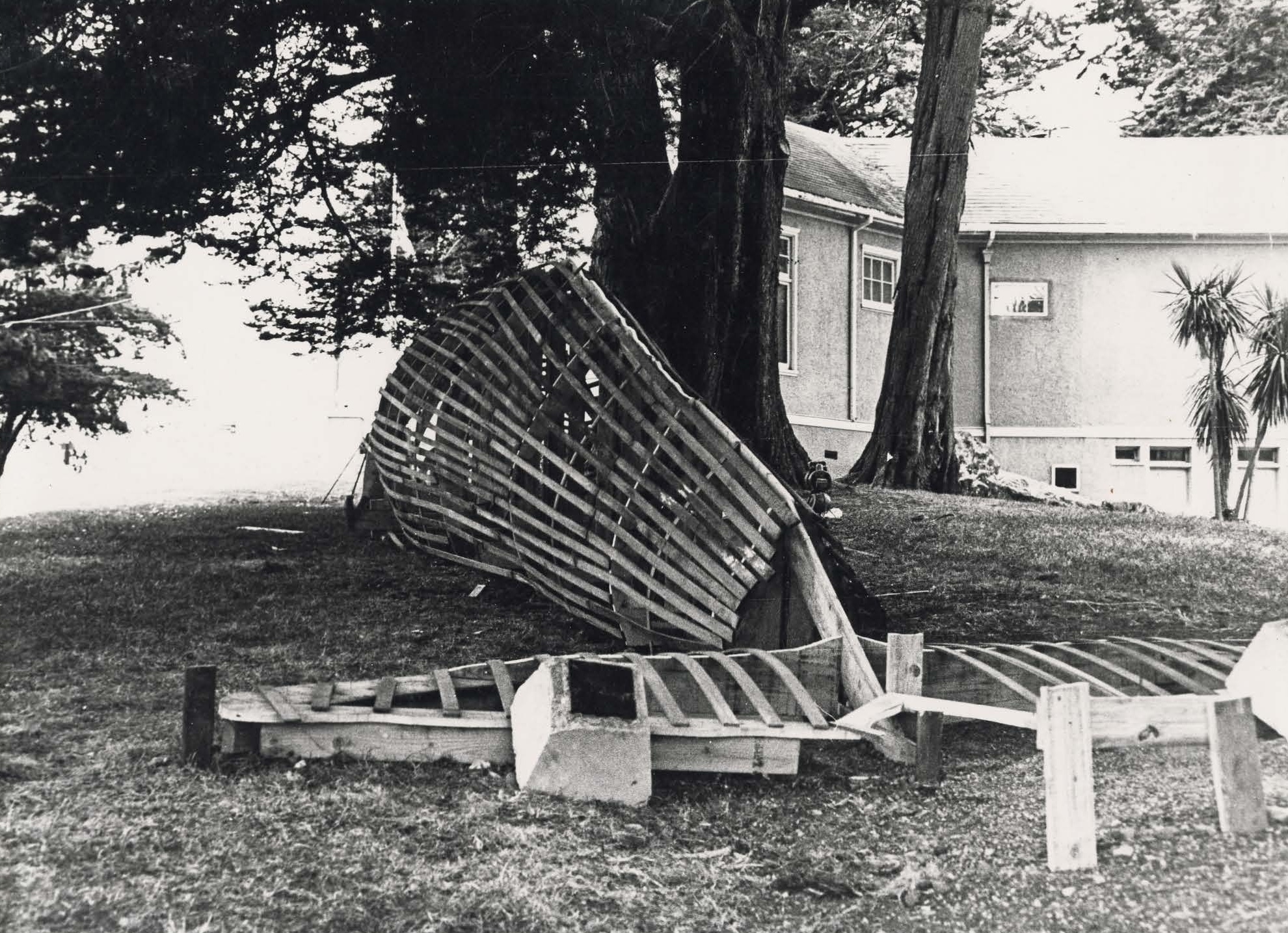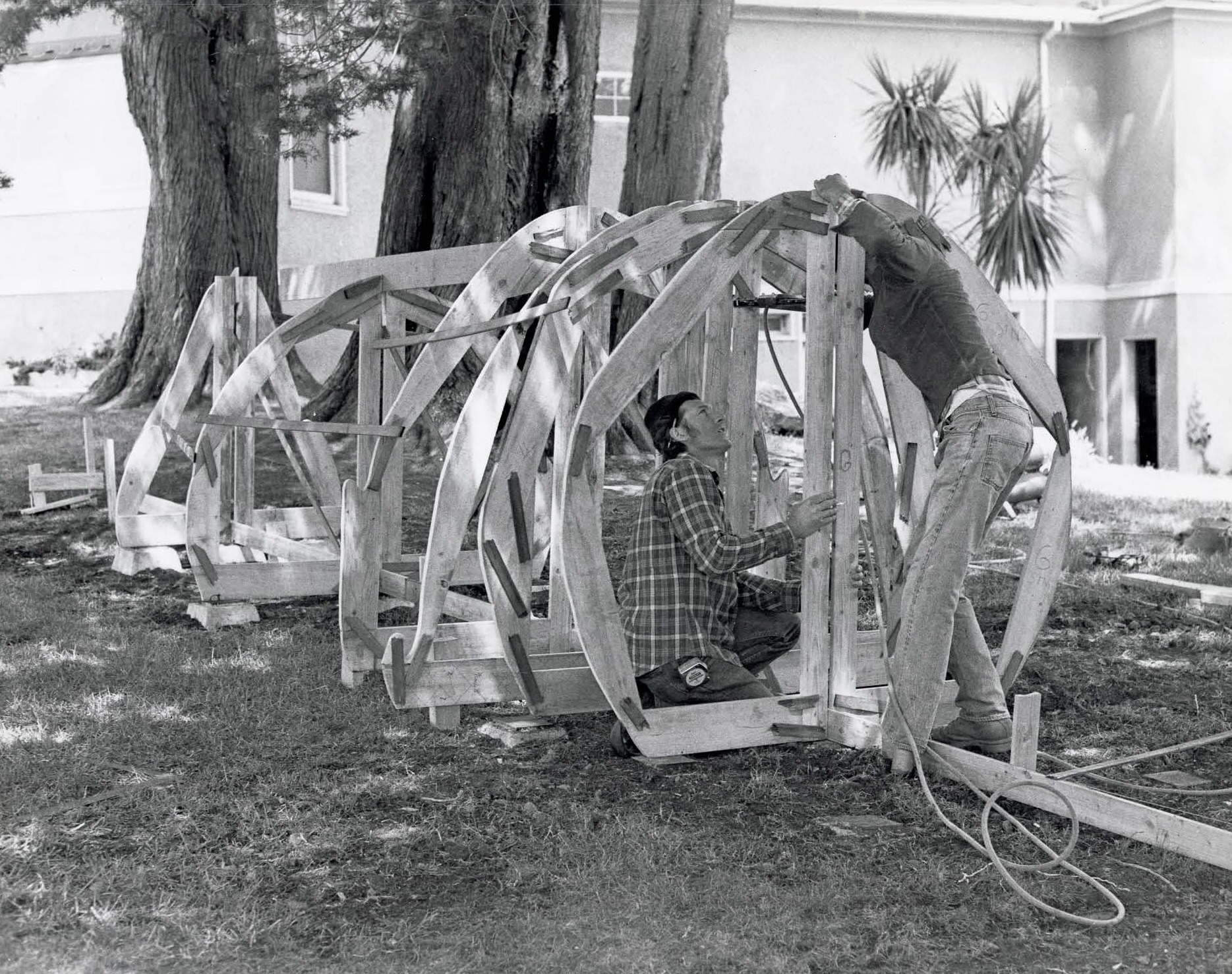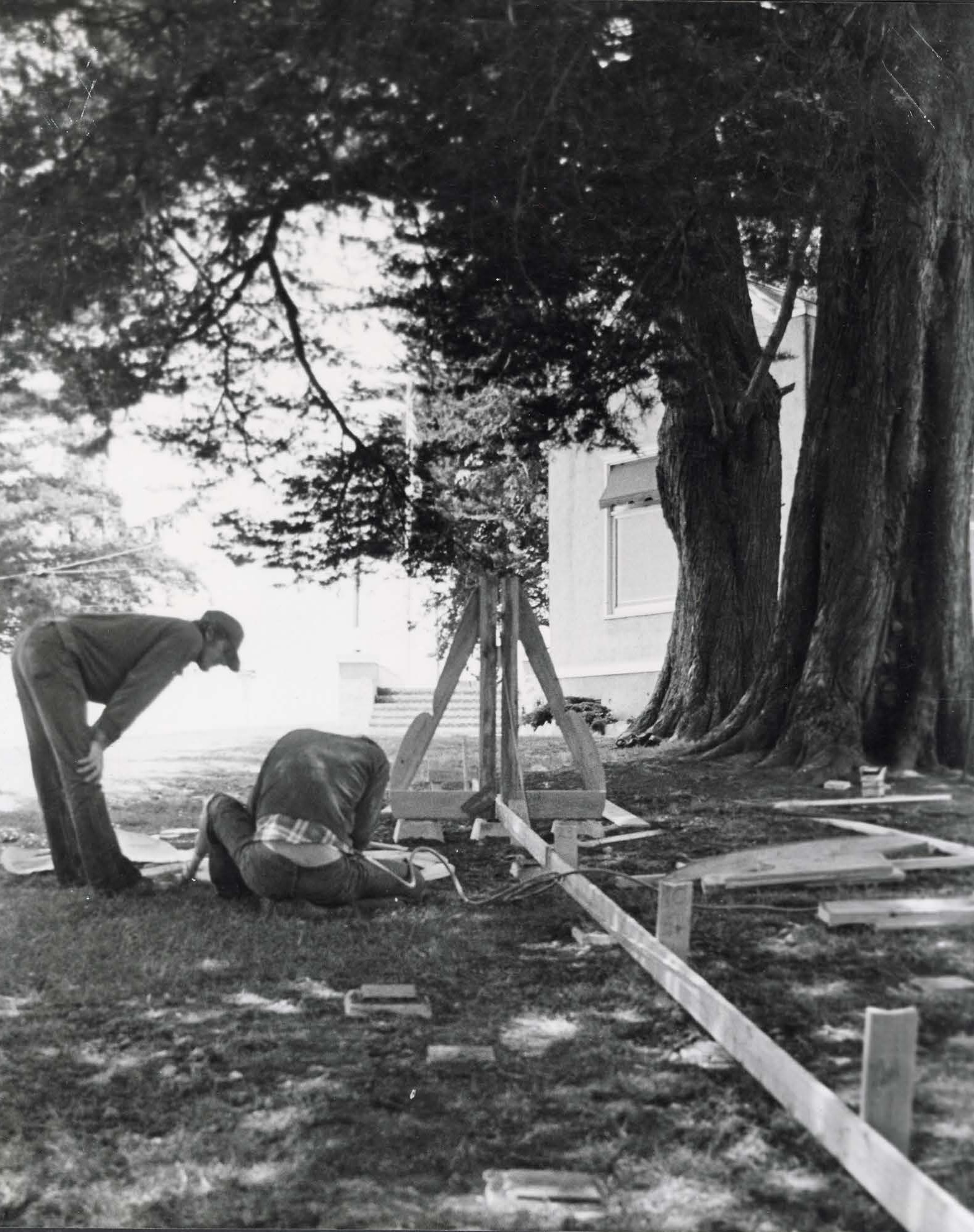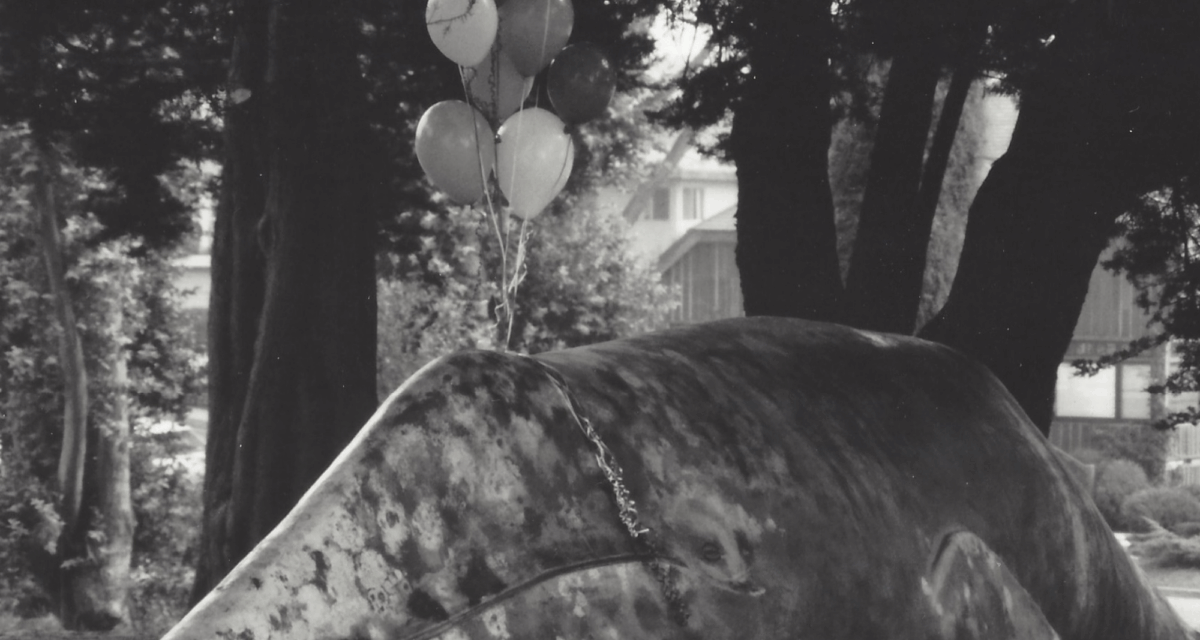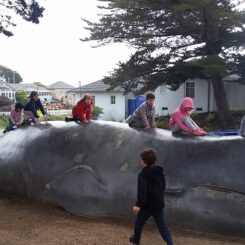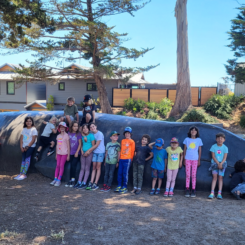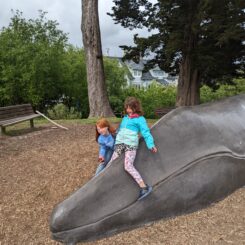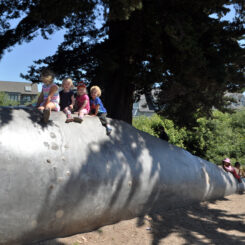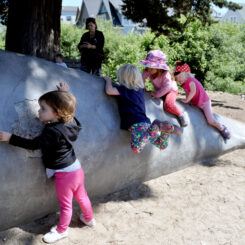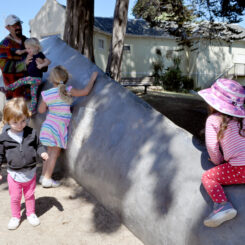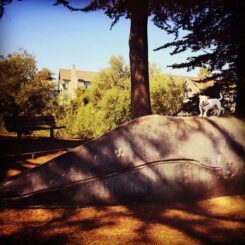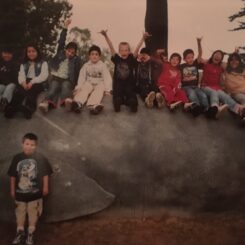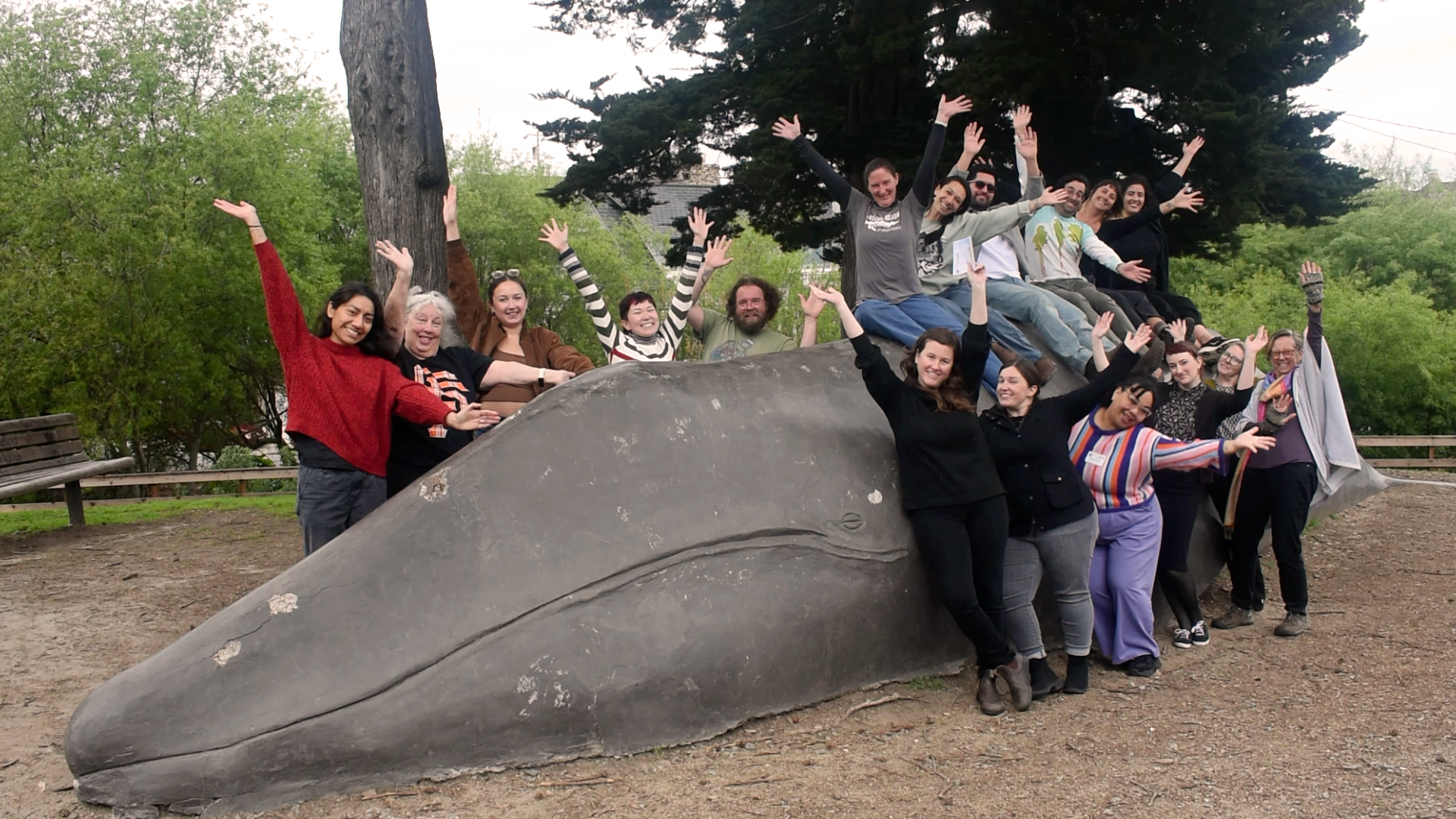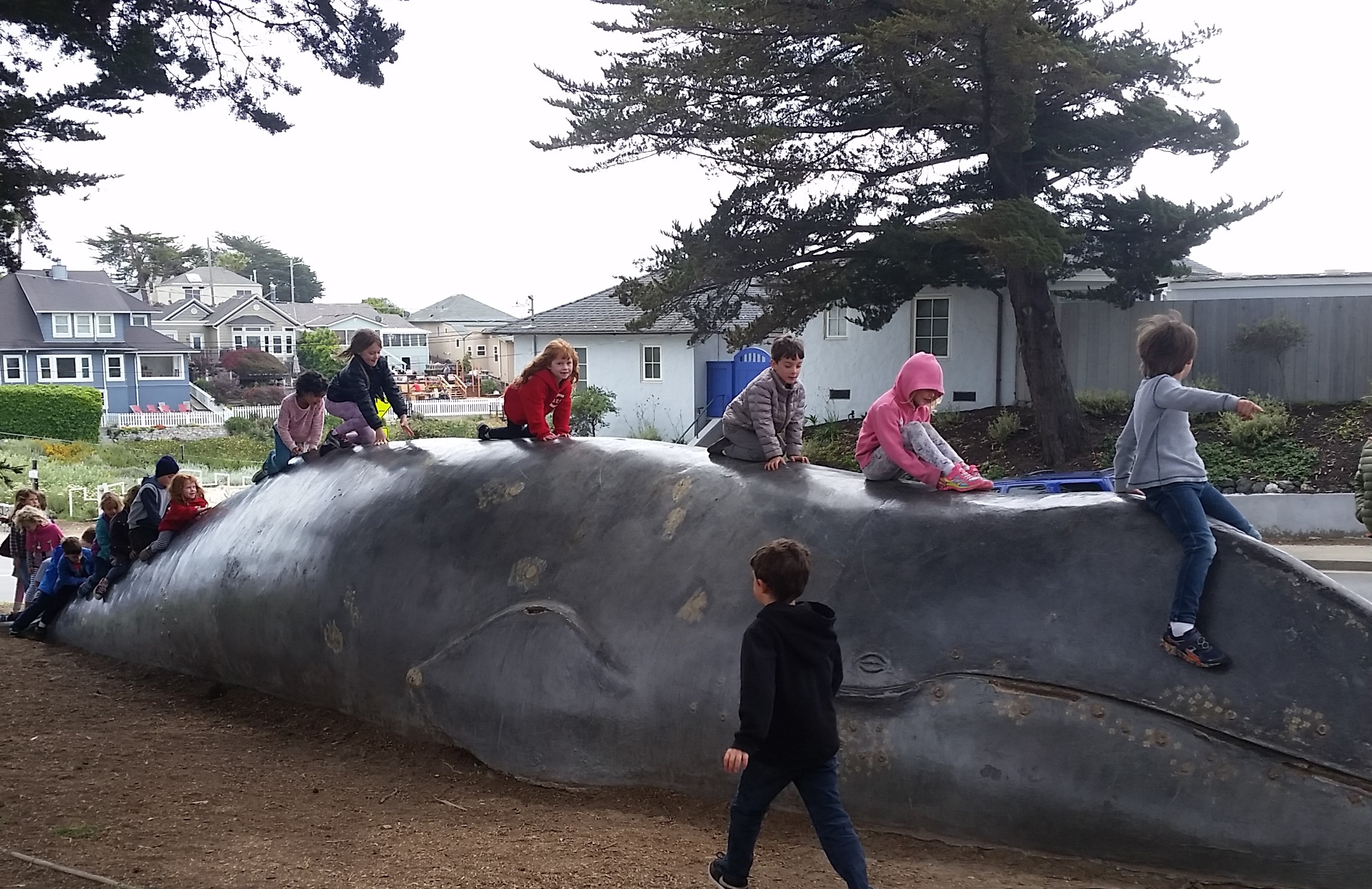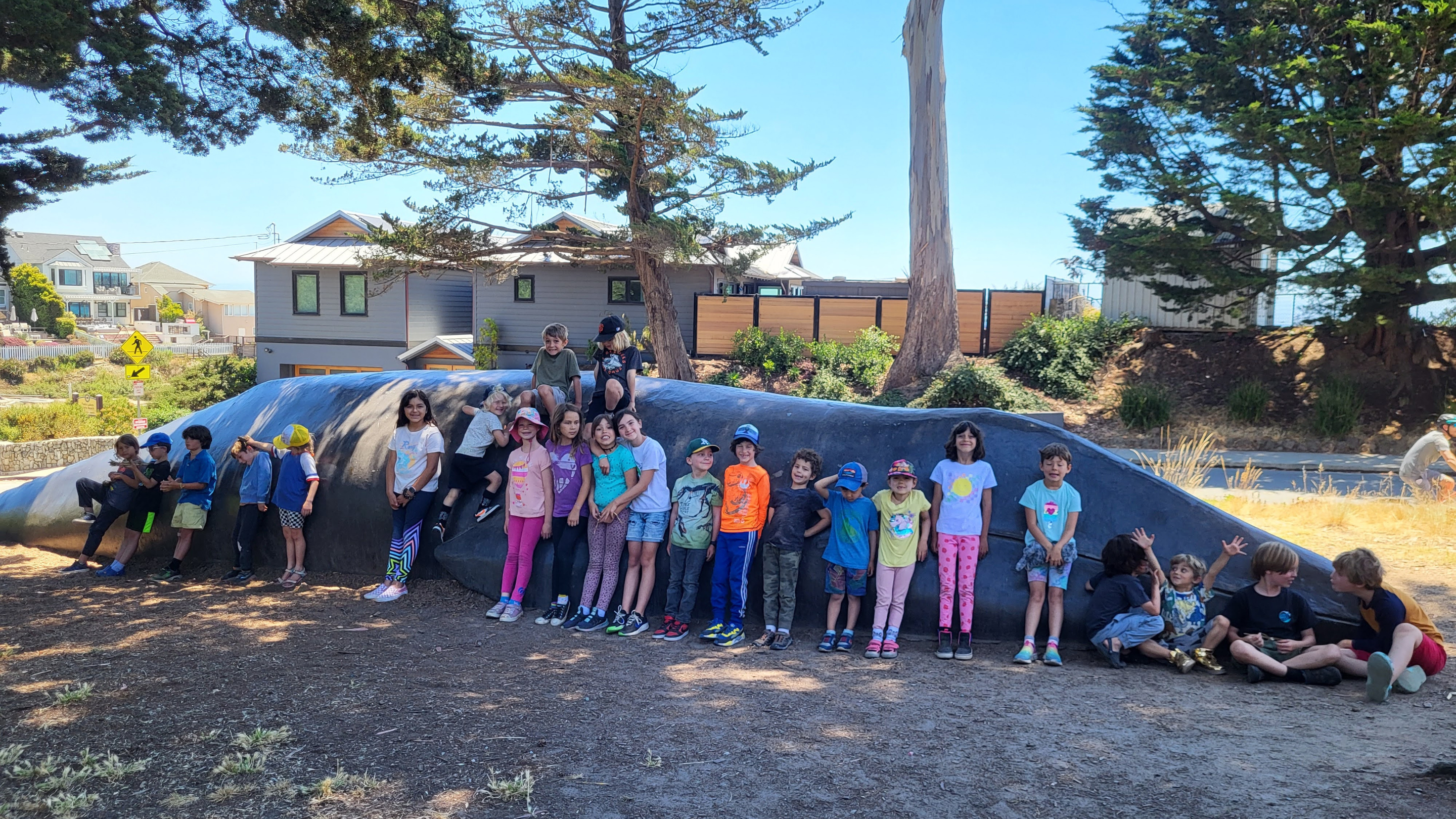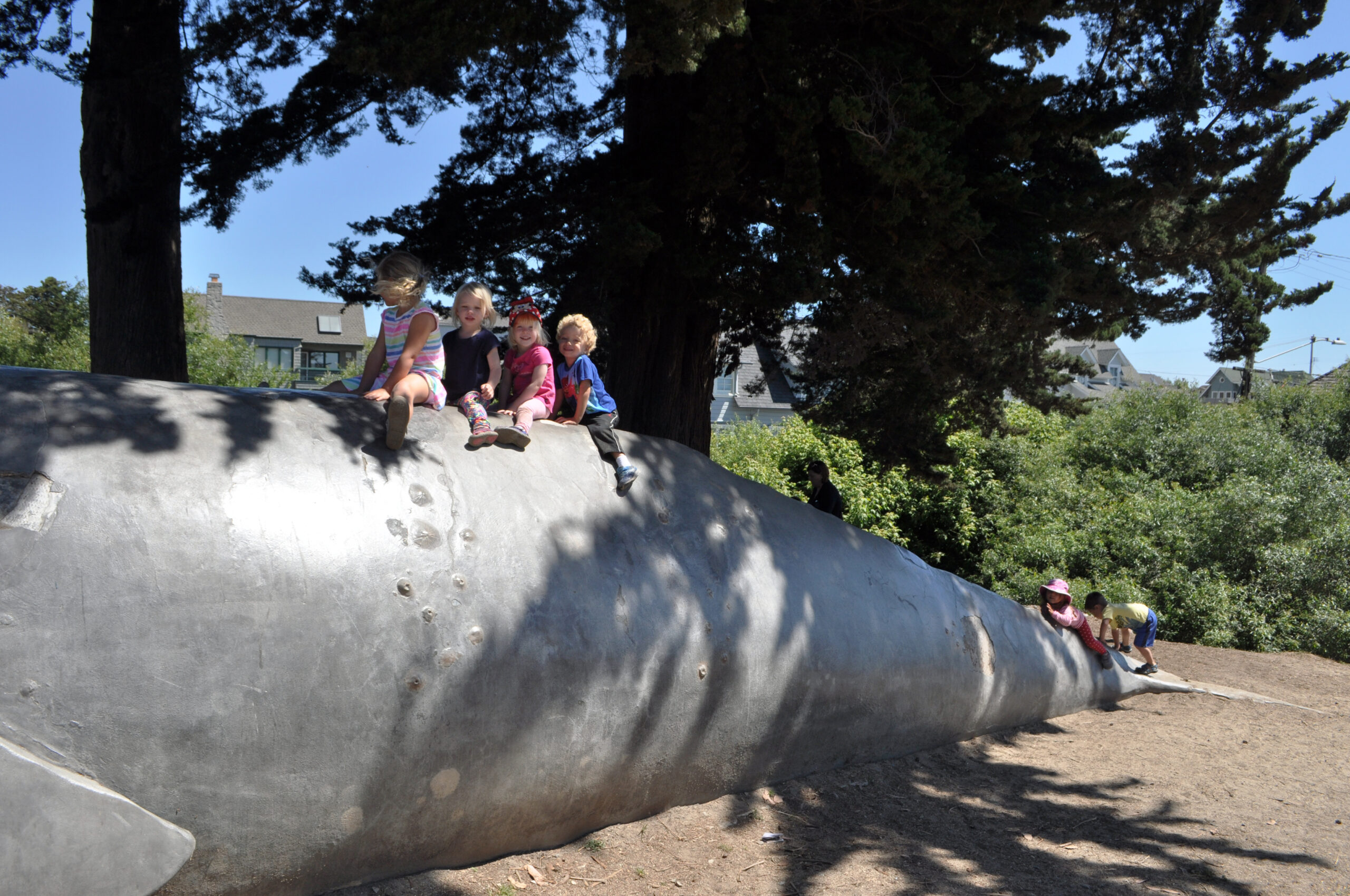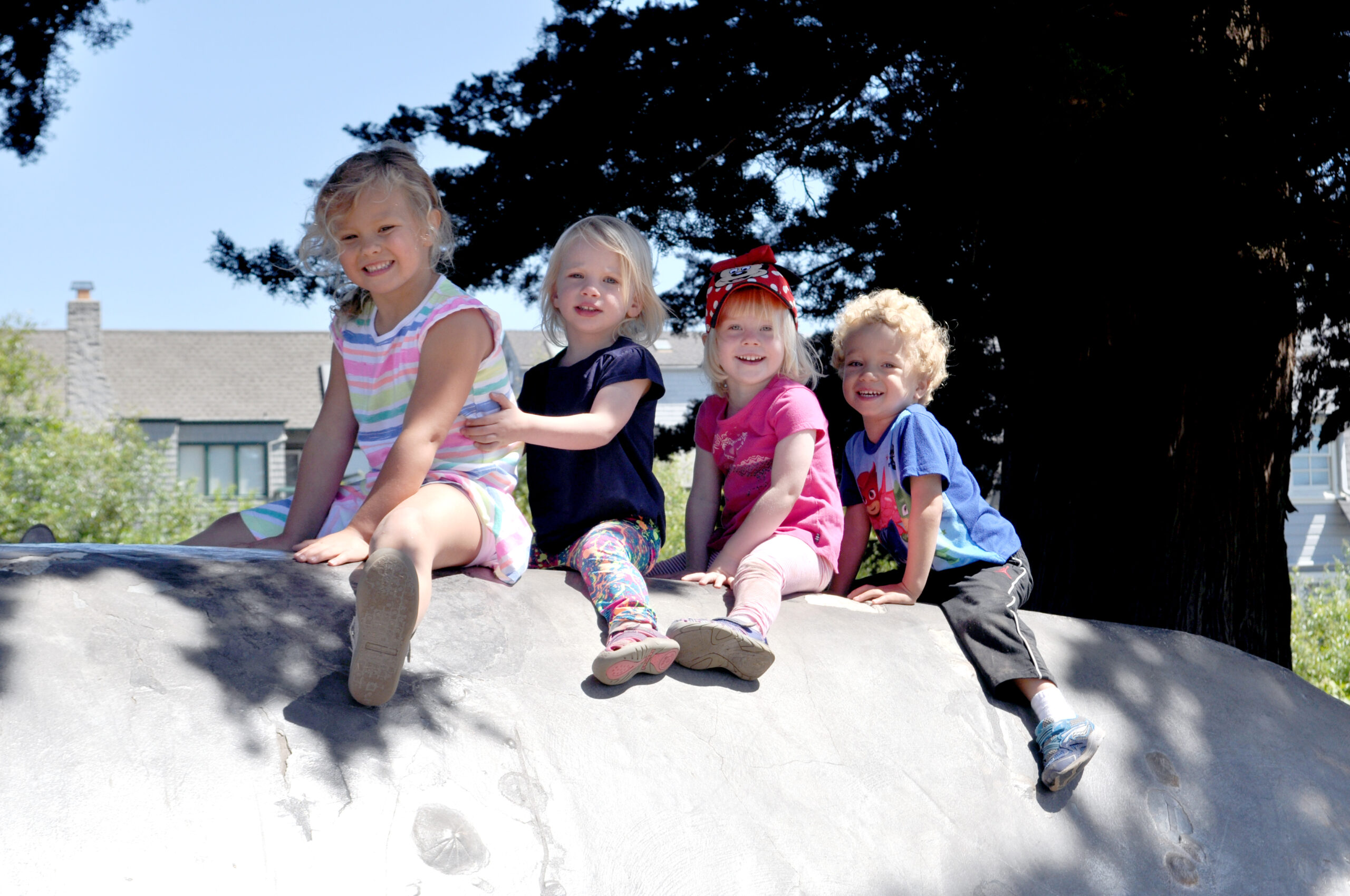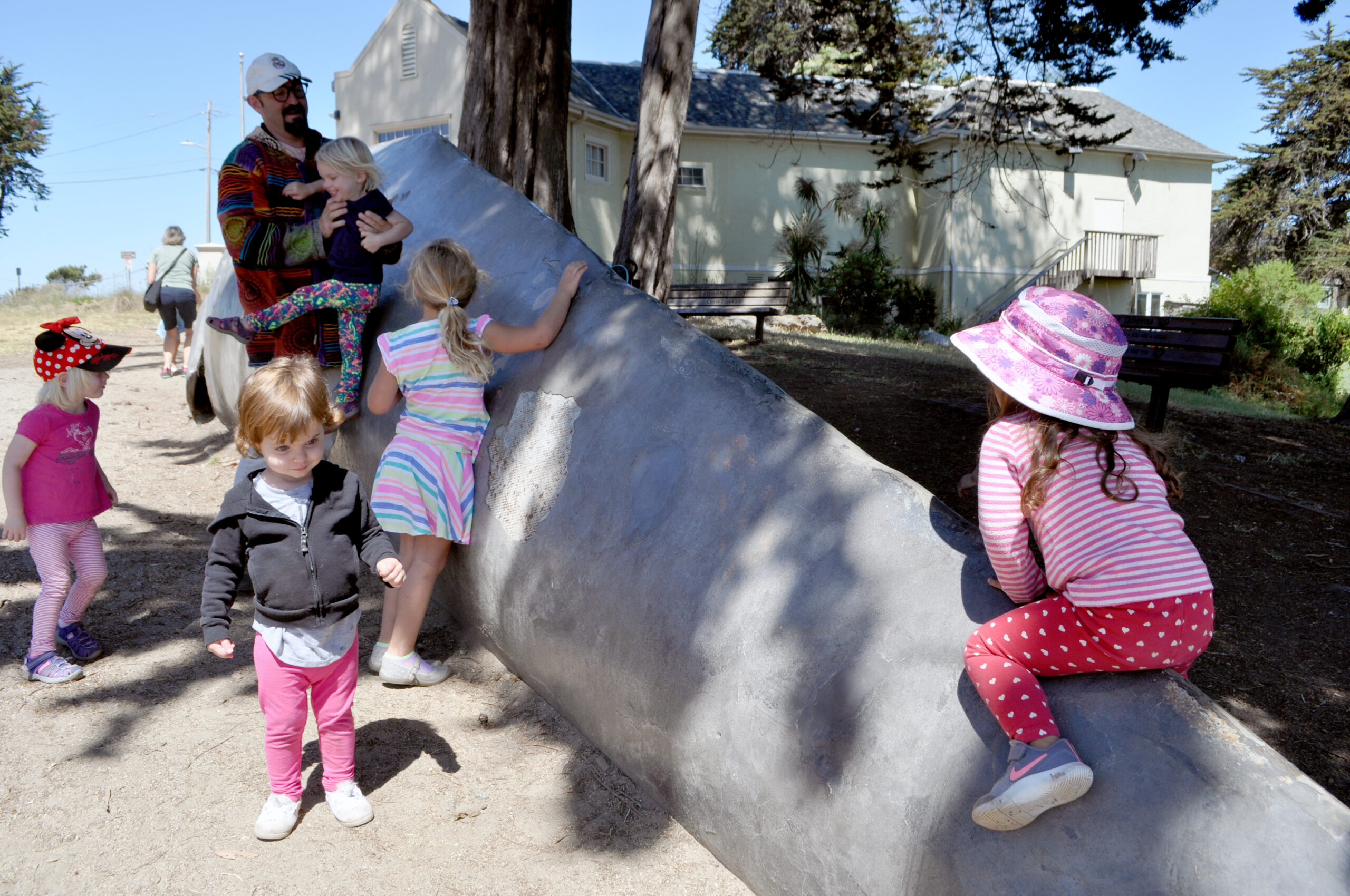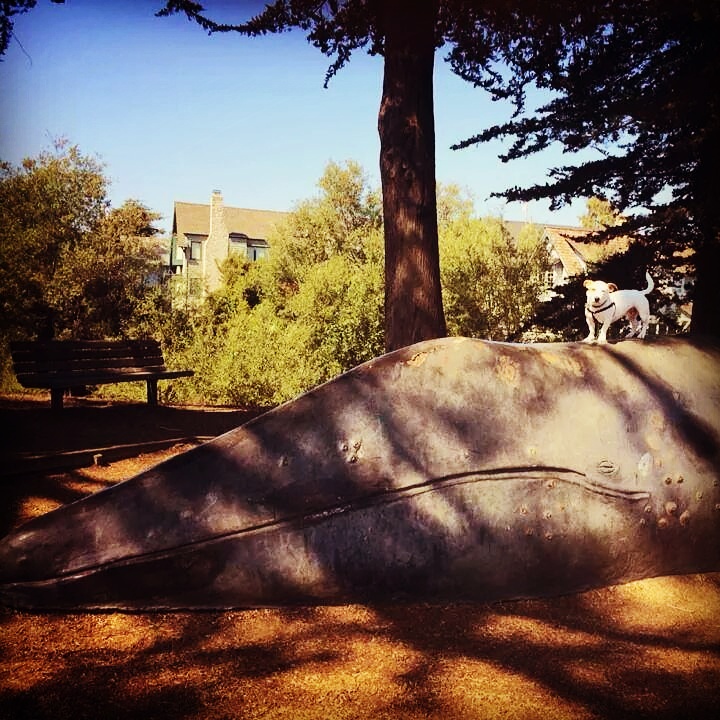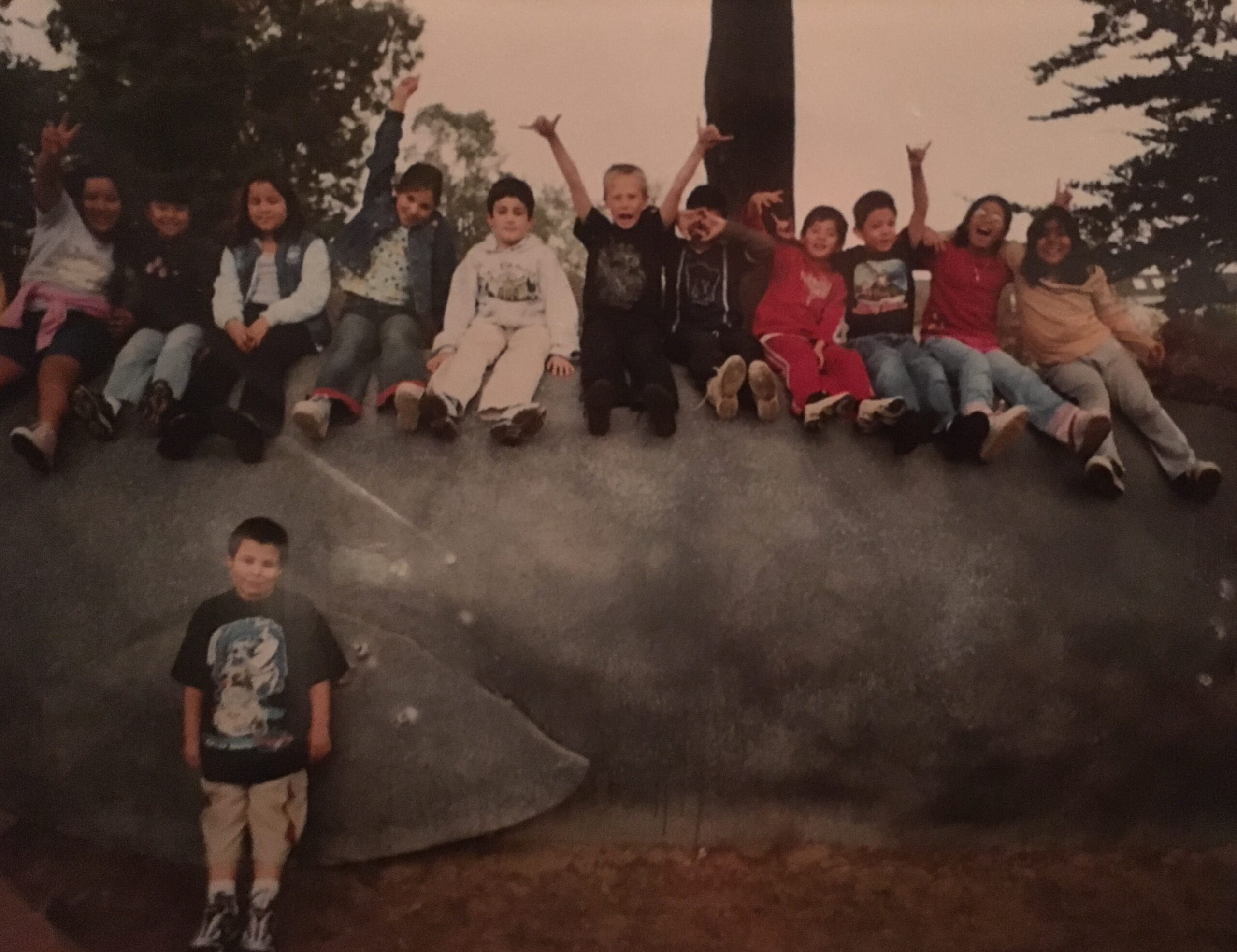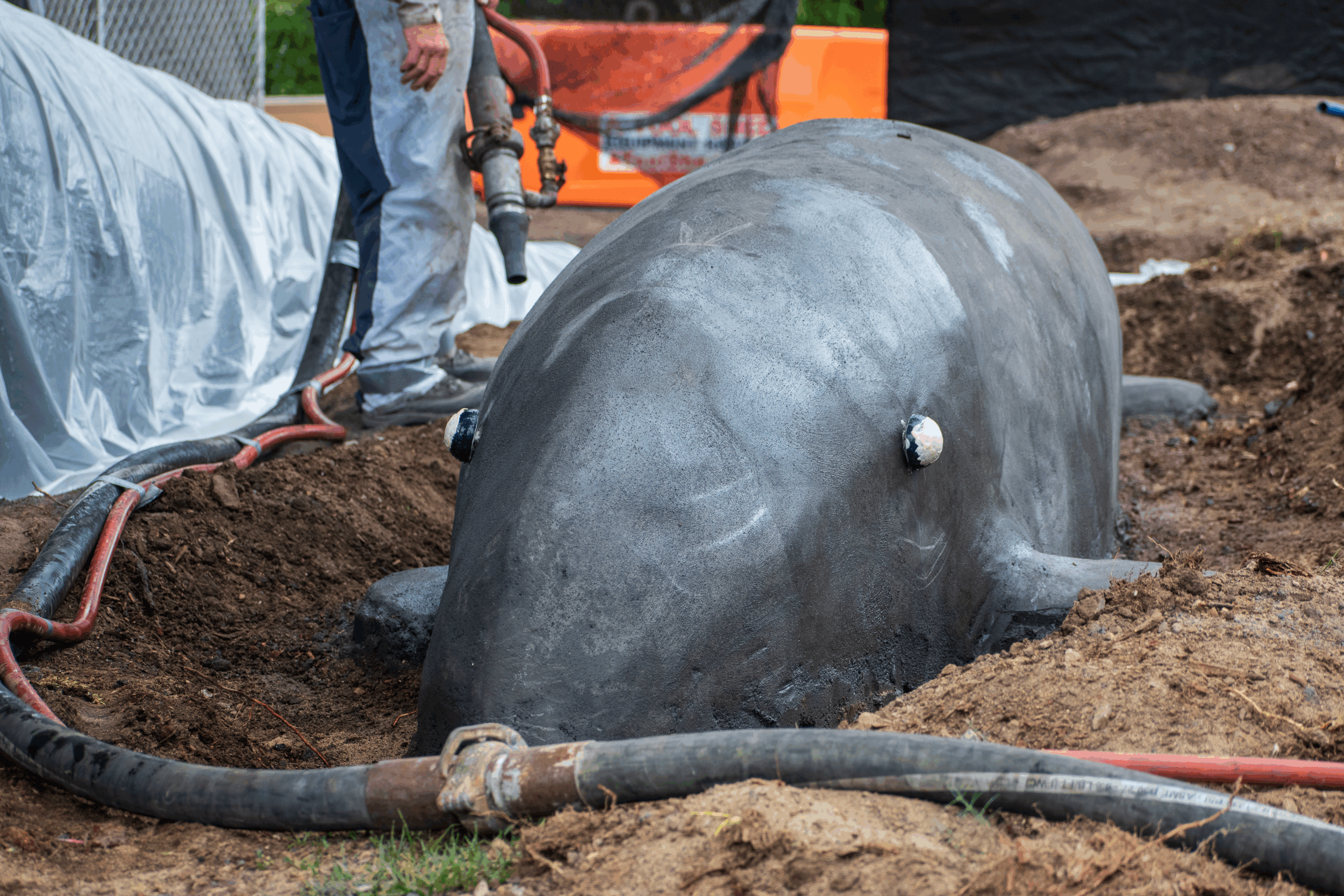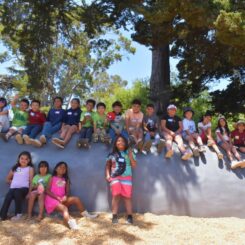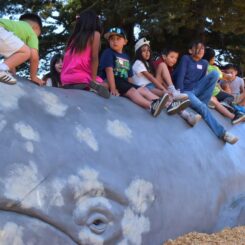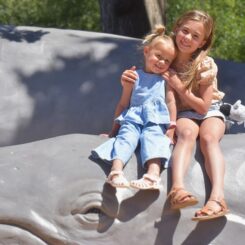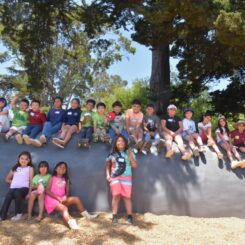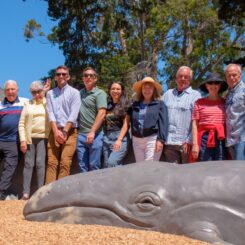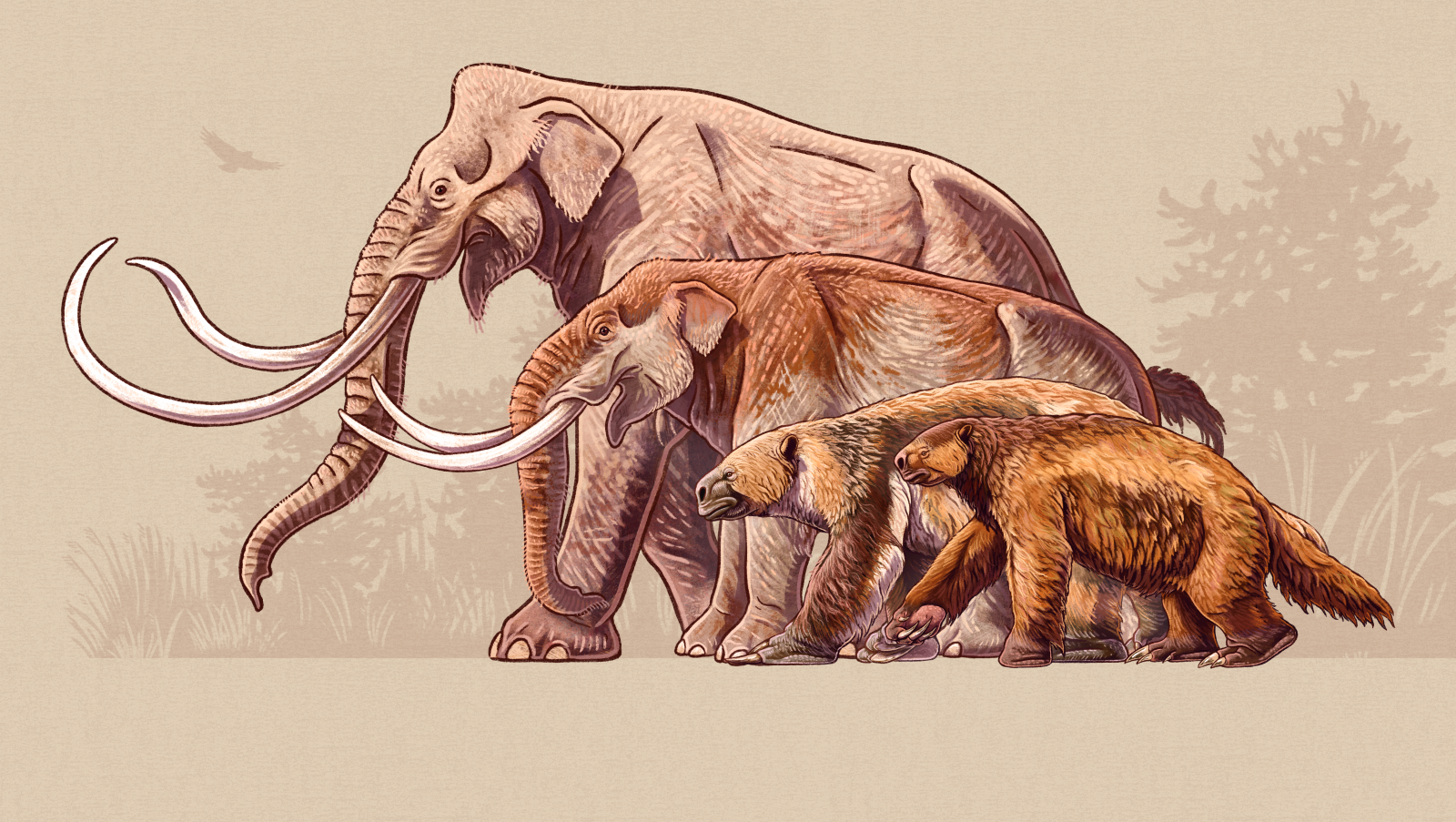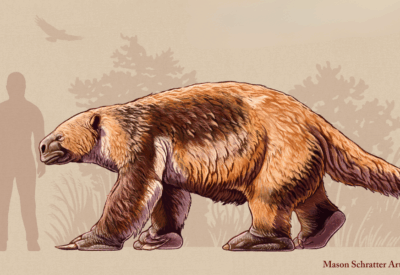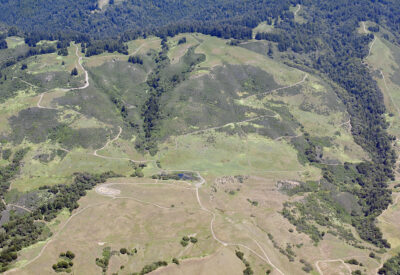
A Tail of Epic Proportions: The Story of the Iconic Seabright Whale
The barnacled bodies and heart-shaped spouts of gray whales (Eschrictius robustus) are a welcome sight as they migrate through the Monterey Bay, routine visitors renowned for their deliberate and friendly curiosity toward humans, making them one of the three most beloved marine visitors along California’s Central Coast.
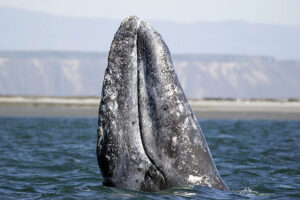
Gray whale spyhopping off the California coastline. Credit: Chris Johnson
“Gray whales undertake one of the longest annual migrations of any mammal. The eastern North Pacific gray whale population travels about 12,000 miles round-trip between summer feeding grounds in the Arctic and the warmer waters of Mexico. That’s where the whales overwinter and females rear their calves.” – NOAA Fisheries
It’s striking to reflect on how recently these majestic creatures were hunted commercially in U.S. waters. Once labeled “Devil Fish” by whalers for their fierce resistance to harpoons, gray whales have since made a remarkable comeback thanks to conservation efforts following the 1971 ban on commercial whaling and World Whale Day being established in 1980 to raise awareness, still celebrated to this day.
Against this backdrop of renewed appreciation for whales, the Santa Cruz City Museum (now the Santa Cruz Museum of Natural History) hosted an exhibit by General Whale, an innovative project founded by artist Larry Foster.
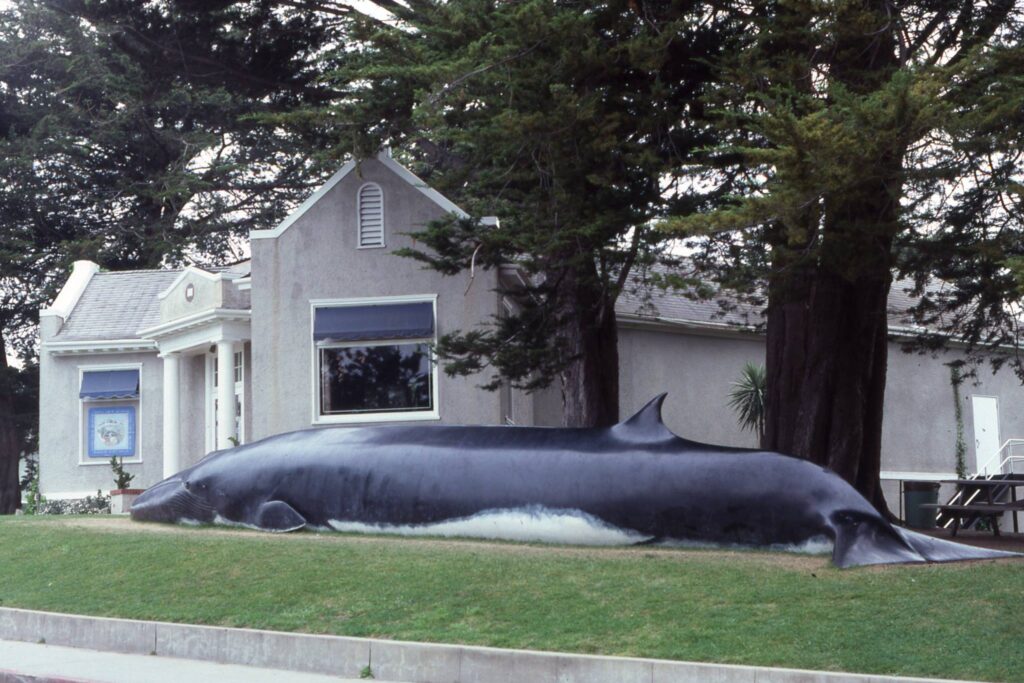
A General Whale fiberglass fin whale on display temporarily at the Santa Cruz Museum of Natural History. Credit SCMNH Collections
Foster’s work merged art and science, bringing the grandeur of whales to life through massive sculptures. In 1977 and 1979, the Museum showcased two of his creations: Sandy, a ferrocement gray whale now at the Pacific Grove Museum of Natural History, and Pheena, a fiberglass fin whale now at the Lawrence Hall of Science. The overwhelming public enthusiasm for these exhibits set the stage for Santa Cruz to have a whale of its own.

Sandy the gray whale at the Pacific Grove Museum of Natural History Credit: Pacific Grove Museum of Natural History
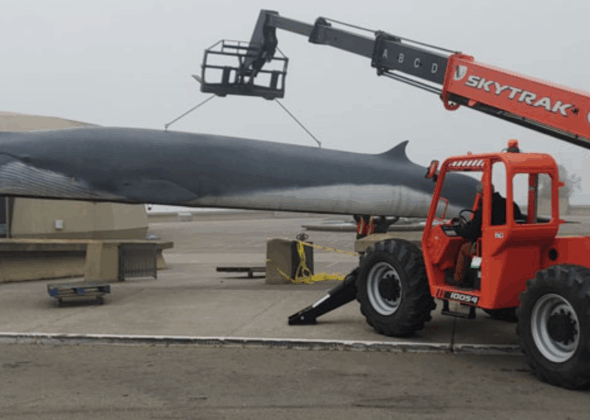
A General Whale fiberglass fin whale on display temporarily at the Santa Cruz Museum of Natural History. Credit SCMNH Collections


With excitement surging, the Museum and local supporters dreamed of a permanent gray whale sculpture—one that would be both a playground and an educational landmark. The idea quickly gained traction, championed by Museum staff like John Anderson and energized by a community eager to bring the project to life.
By 1982, newsletters buzzed with updates on the whale project. Fundraising efforts ranged from lecture series to walkathons, with creative events helping locals grasp the immense scale of whales—like assembling a 10-foot skeleton or exploring a life-sized inflatable blue whale.


“The whale would be a visible symbol of the Museum’s purposes. The whale campaign raised more than funds—it also expanded community awareness of the Museum’s mission to connect people to nature.” – Santa Cruz City Museum Leadership.
Through this passionate advocacy and grassroots fundraising, the dream became a reality. Local ferrocement boat builder Al Hipkins, in collaboration with Larry Foster, took on the project. On October 16, 1982, the Seabright Whale was unveiled, quickly becoming a beloved landmark for generations of visitors.


Over 30 Years of Fun
Positioned in Tyrrell Park between the Museum and Seabright State Beach, the gray whale statue has delighted thousands of visitors. For many Santa Cruz residents, it’s a childhood memory, a favorite photo spot, or a first introduction to marine conservation.


Beloved though it is, time has taken its toll on the sculpture. Over 33 years, resurfacing efforts helped maintain the structure, but the details faded. As a result, in early 2025, through a partnership with the City of Santa Cruz, the Museum led a project to revitalize the statue with state-of-the-art materials while ensuring its long-term durability.


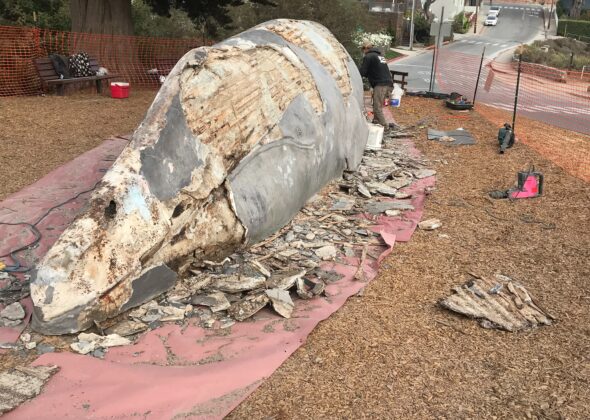
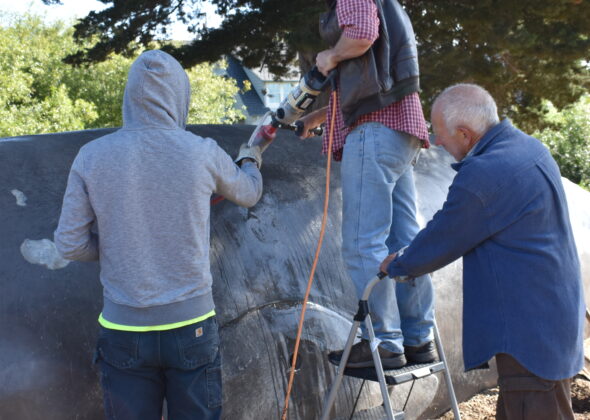


2025 Renovation


Starting in mid-April 2025, the iconic gray whale statue underwent an eight-week restoration. The update included a newly detailed surface and an exciting addition: A companion baby whale calf swimming alongside its mother.
“Generations of visitors have formed fond memories with this whale, and we’re thrilled to have rejuvenated it in a way that is both scientifically accurate and visually captivating.” – Felicia Van Stolk, Executive Director
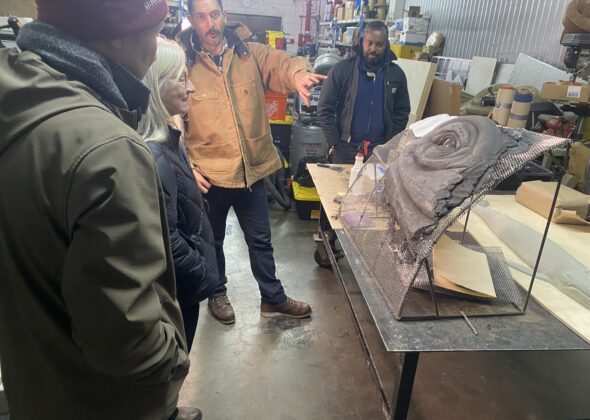


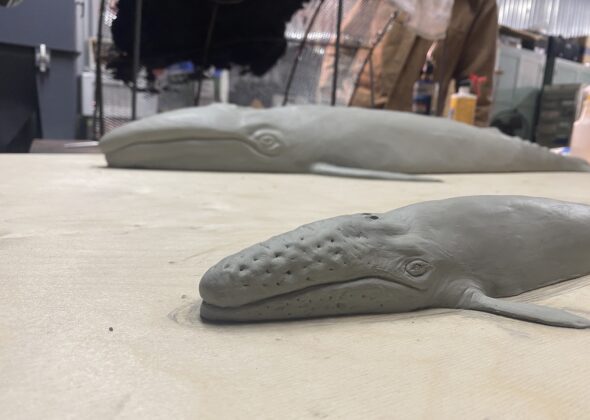
Nautilus Arts Studio, in partnership with our trusted local contractor, Whitlow Concrete, took on this project. To accomplish this large task, the team resurfaced fiber-reinforced concrete for enhanced durability, and enhanced the lifelike details, including expressive eyes, a realistic blowhole, and more accurate proportions, plus the addition of the new baby whale to provide a more complete representation of gray whale life history, illustrating their epic migration.
“Newborn calves are typically born in January and February, averaging about 14 to 16 feet in length and weighing about 2,000 pounds. Calves stay with their mothers for about eight months and even migrate with them back to Arctic feeding grounds.” – The Marine Mammal Center


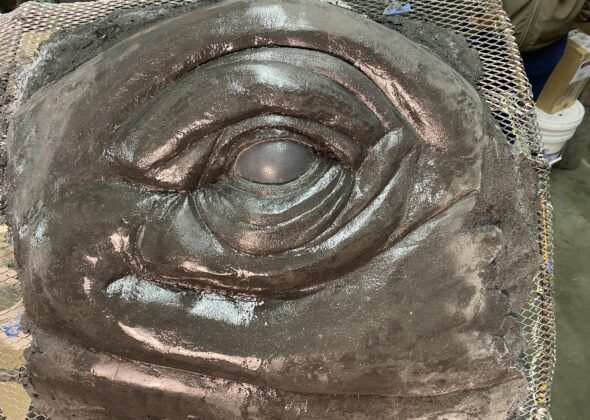
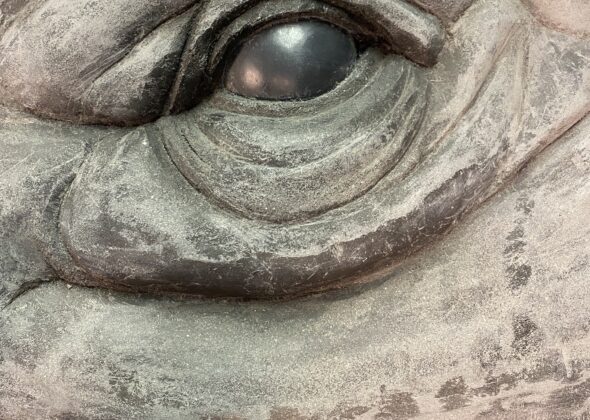
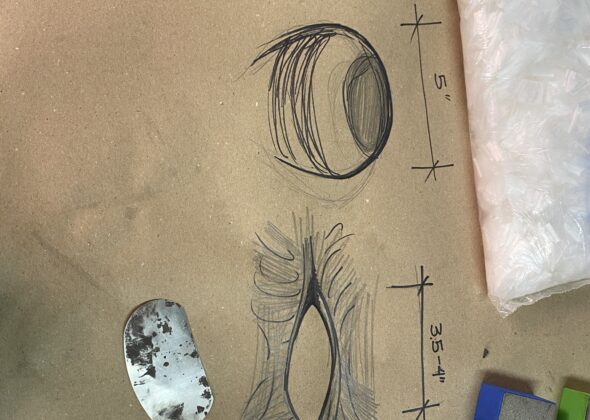

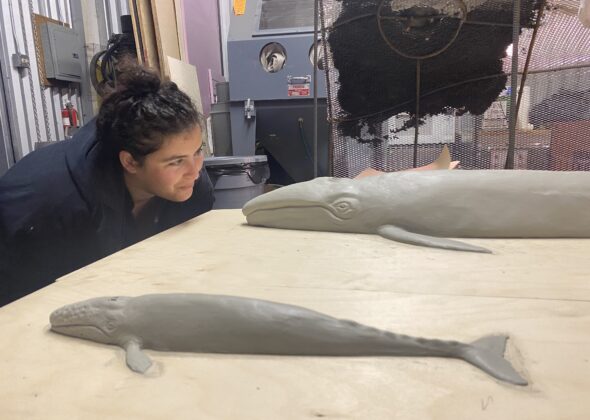
To ensure authenticity, the restoration team conducted meticulous research and appointed Dr. Ari S. Friedlaender, a professor at UC Santa Cruz’s Institute of Marine Sciences and Institute for Arts and Sciences, to the project as a scientific advisor to ensure scientific accuracy during the sculpting process through onsite visits and consultations. The texture of this model shows the thought and detail that has gone into the preparation for this endeavor.
“Baby whales have whiskers—so how do you translate that into a durable, interactive life-sized statue? These are the kinds of questions you have to ask yourself when embarking on a project like this.” – Kathleen Aston, Museum Collections Manager


With the completion of this project on June 18, 2025, the whales were unveiled to the public, as well as new interpretive signs by Sammy Chang that accompany the installation and provide deeper insight into the natural history and conservation of gray whales. With the whales open to the public, we invited our patrons and visitors to #jointhepod through social media by sharing their photos with the new whales!
























